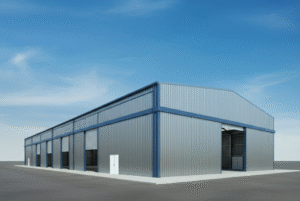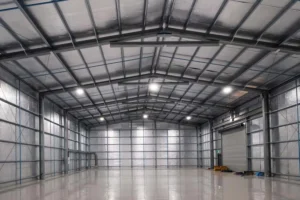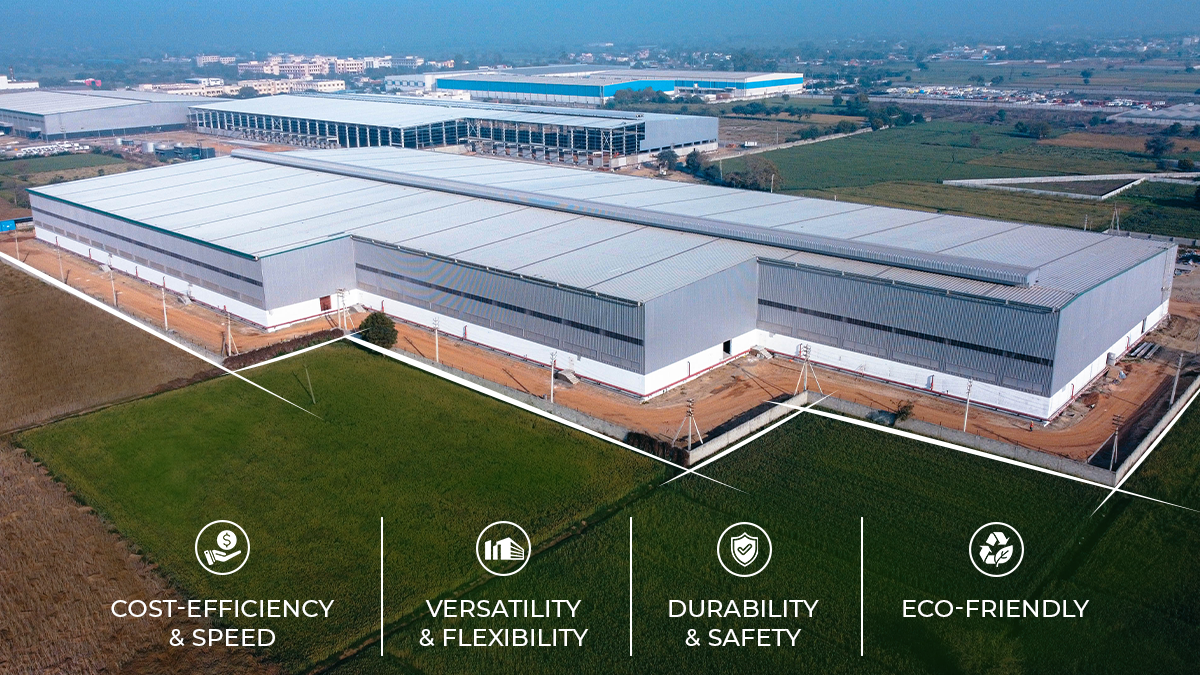Calif. High-Speed Rail Replies Federal Criticism Imperiling Funding
[ad_1]
✕

*Click the graphic for greater detail
As the war of words escalates between the Federal Railroad Administration (FRA) and the California High-Speed Rail Authority (CHSRA) over the threat to pull $4 billion in federal grant money from the initial 171-mile project, the details lie in timelines.
Following the FRA’s June 4 notification to the CHSRA that due to “a cold, hard truth: The [California High-Speed Rail Authority] has no viable path to complete this project on time or on budget,” the railroad administration planned to pull a pair of grants valued at $4 billion to a project already nearly $7 billion short in funding.
That notice also started the clock on responses, giving the CHSRA seven days to provide an initial response and 30 days to add supporting documents.
The initial response came in the form of a detailed 14-page letter on June 11, with CHSRA CEO Ian Choudri striking back at Transportation Secretary Sean Duffy, calling the FRA’s “unfounded, “outright misleading” and “disingenuous” view on the viability of the project “nothing more than rhetoric aimed at justifying a pre-ordained conclusion.”
He noted the project is well underway on 119 miles of the initial 171-mile phase they expect to open in 2033. Choudri calls for the FRA to withdraw its proposed grant termination and instead work together on the project.
The next step is a deadline for the CHSRA to produce supporting documents—due on July 4—before this argument can enter the next phase. The nine points of contention the CHSRA addressed in the initial response came with a request for both a 15-day extension of the 30-day deadline to submit subsequent materials and a meeting to discuss concerns.
On the federal side, officials say that the 171-mile initial portion of the greater 800-mile project is already nearly $7 billion short of the estimated $35 billion in funding needed for completion and unlikely to meet its 2033 completion deadline.
While most of the funding for this portion of the project comes from the state, federal funding sources have already chipped in about $6.9 billion in funding.
Federal officials wrote that the rail authority failed to finalize rolling stock procurement by the December 2024 deadline—the agency already amended its procurement timeline three separate occasions—and that the “numerous” change orders number more than 1,000 since March 2023, which has sent project costs skyrocketing with the change orders alone totaling $1.6 billion in cost, “suggesting that a substantial portion of all payments to contractors are being made outside the original terms of negotiated contracts.”
The federal agency claims that not finishing the 171-mile segment by 2033 represents a “material change” and substantiates the termination of the grants. “The sheer volume and frequency of these change orders show waste through an inexcusable combination of poor planning, implementation or mismanagement of contractors, insufficient legal authority and technical expertise and other factors,” the federal administration wrote.
Drastically Differing Points of View
The initial response by the rail authority hotly contests the federal view on the project, with Choudri calling completion of viaducts, overpasses and underpasses in the first 119 miles of the track “momentous achievements.” In total, 53 structures and 69 miles of guideway are completed. The largest projects Choudri points to as success is the 4,471-ft San Joaquin River Viaduct in Fresno and the Hanford Viaduct in Kings County.
The CHSRA notes the electrification of blended segment between San Francisco and San Jose is complete, as is the programmatic and project level environmental reviews of the alignment of the section between San Francisco and Los Angeles.
The CHSRA claims it is on track to complete the project by 2033 and has identified funding to cover the shortfalls. Choudri points to plans from Gov. Gavin Newsom to guarantee at least $1 billion in funding annually for the next 20 years. The CHSRA also claims it hopes to engage private partners to help “improve cost and project delivery.”
According to CHSRA, the amount and cost of change orders is not a compliance issue, and some were needed due to FRA mandates, such as new intrusion protection barrier requirements. The CHSRA also says that the decision to again extend its trainset procurement “will not impact the completion date of the project.”
“The FRA report also fails to recognize that the authority does have a detailed and well-founded plan for completion of the EOS,” the letter reads.
The CHSRA says that the FRA’s October 2024 report found no significant compliance issues and such a sudden flip in perspective is “outwardly inconsistent with its own prior findings.”
“There have been no meaningful changes in the past eight months that justify FRA’s dramatic about-face,” says Choudri. “Instead, the FRA has looked at essentially the same facts it considered in the fall of 2024 and simply reached a different conclusion.”
Choudri claims the “hostility to public investments in high-speed rail and to California’s leadership—hostility that dates back to FRA’s initial attempt to revoke federal funding to the program in May 2019—appears to be the real basis for the proposed determination.”
ENR Editor James Leggate contributed to this report.
[ad_2]
Source link
Post a Comment
You must be logged in to post a comment.






